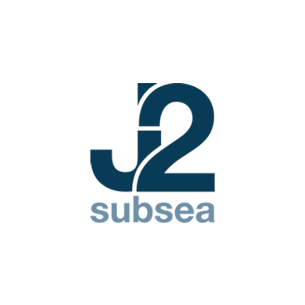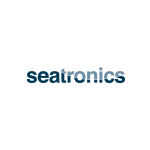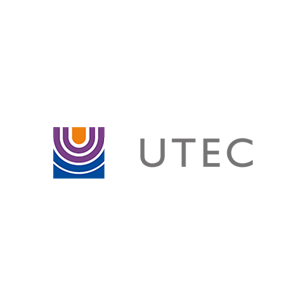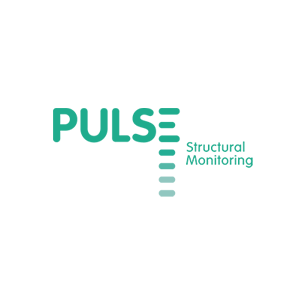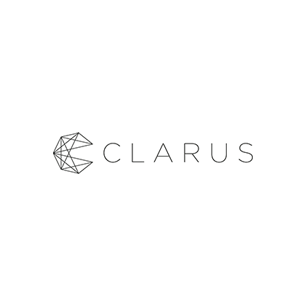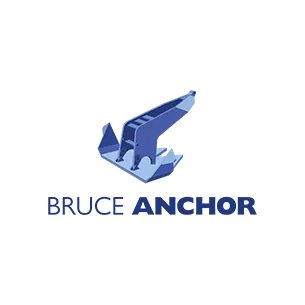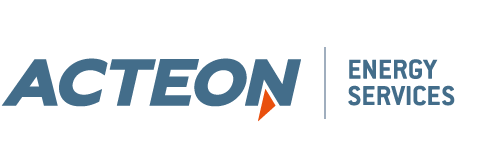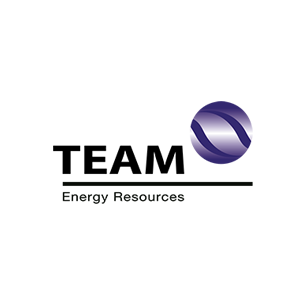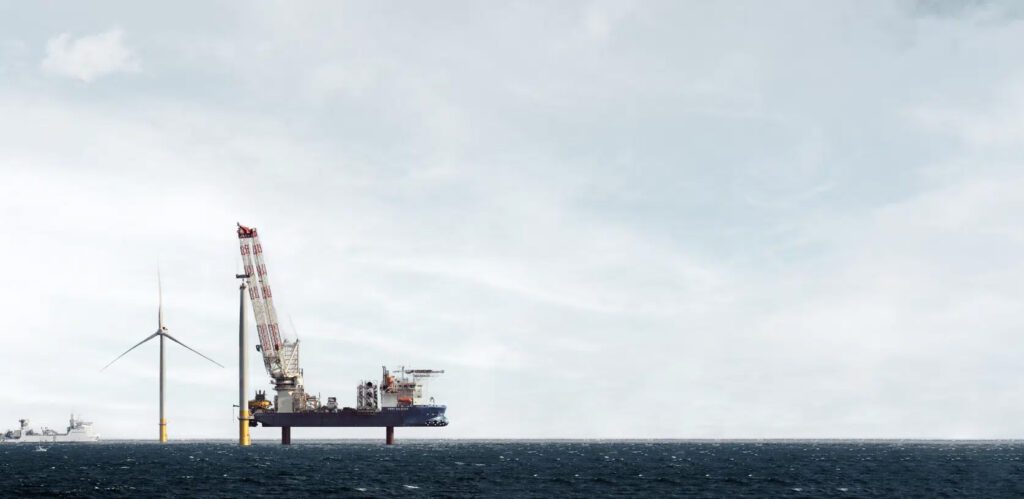USING O&G HERITAGE TO MOVE TOWARDS GREEN ENERGY
Within Acteon, our strategic business segments are taking an active approach to adapting our services. We are currently looking at riser technology by designing units to provide cooling water to hydrocarbon processing facilities. Taking water from the deeper colder parts of the ocean allows a more efficient process of cooling in the hydrocarbon processing plant, resulting in less energy used and less carbon dioxide produced during the production of the hydrocarbon. This is one of the techniques that can be used to decarbonise hydrocarbon production.
Carbon Capture, Utilisation and Storage
Carbon Capture, Utilisation and Storage (CCUS) is a way of cleaning up the use of hydrocarbons by capturing the resulting CO2 and typically injecting it back into subsea reservoirs. Acteon is also working on adapting its minimum facilities platform to support the CCUS market; these lightweight, quick-to-build platforms are ideal for the potential wellhead facilities required for carbon sequestration.
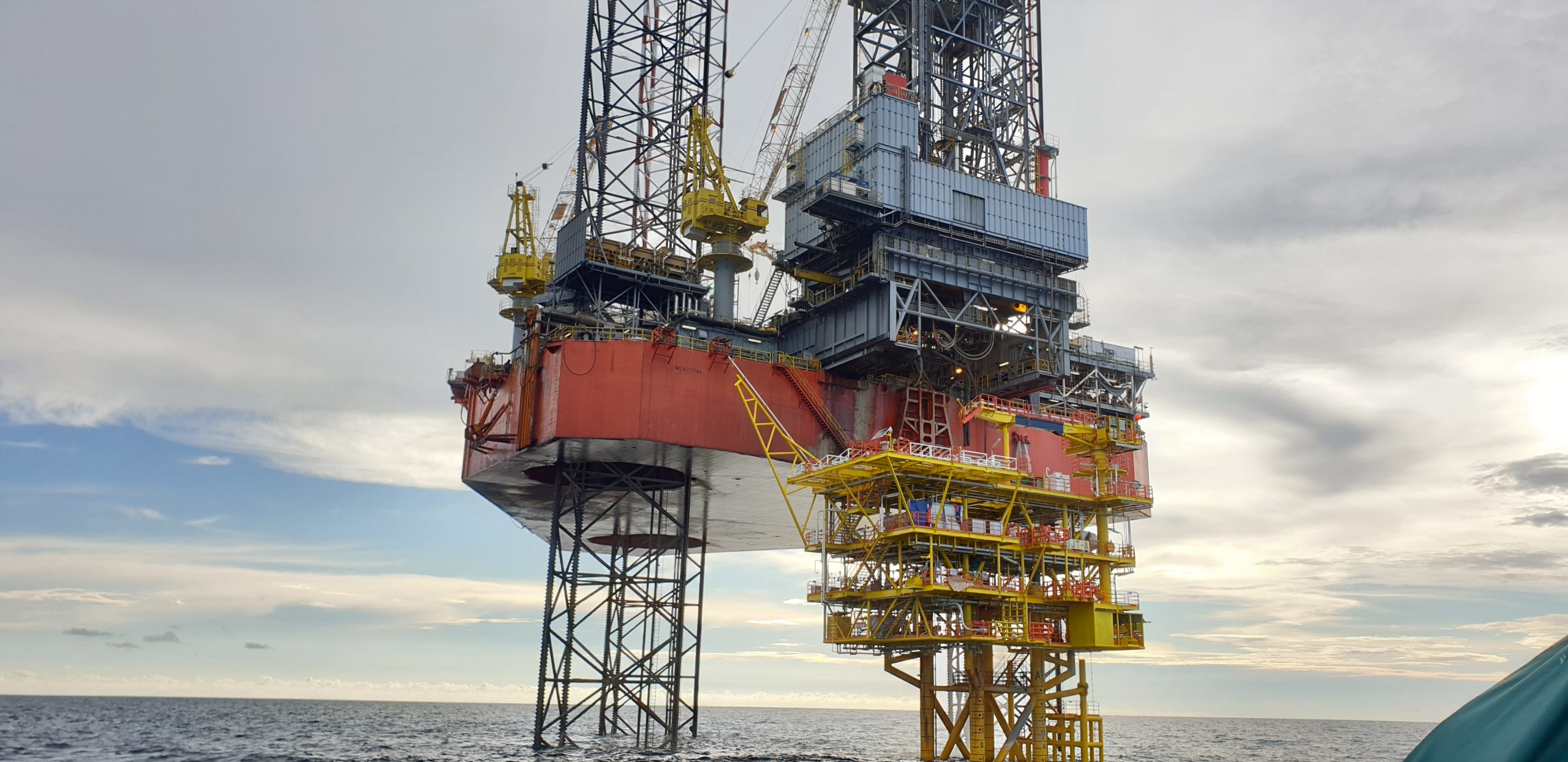
Minimal facilities platform
Leveraging oil and gas technology for floating wind
Existing oil and gas technology will also be required to help implement the transition to new lower carbon dioxide energy sources. The technology we have used for many years for developing hydrocarbon production assets, particularly offshore, can be used to develop renewable energy production. For example, floating moored structures used in floating wind are like the floating moored assets used for producing hydrocarbons.
Within Acteon, we have a strong track record in facilities for offshore floating energy production and we are now adapting and putting it into practice for floating wind projects. Our riser design engineers are working on design analysis of offshore power cables and how they interact with mooring systems for floating wind, whilst our geotechnical and mooring engineers are working on mooring and anchoring systems. Floating wind poses a greater mooring challenge than an FPSO, given floating wind farms will have hundreds of mooring lines compared to the 12 or so on a single FPSO.
The supply chain is key to the energy transition
The energy transition is coming and is undoubtedly gathering momentum. Whilst it still requires some new technology and expertise to be brought to market, it will lean heavily on the existing engineering capability within the oil and gas supply chain. So, for those currently in oil and gas, it is an opportunity to diversify, upskill and apply and adapt existing technology to support the move towards clean energy.
Find out why people are also enabling the energy transition in our blog.
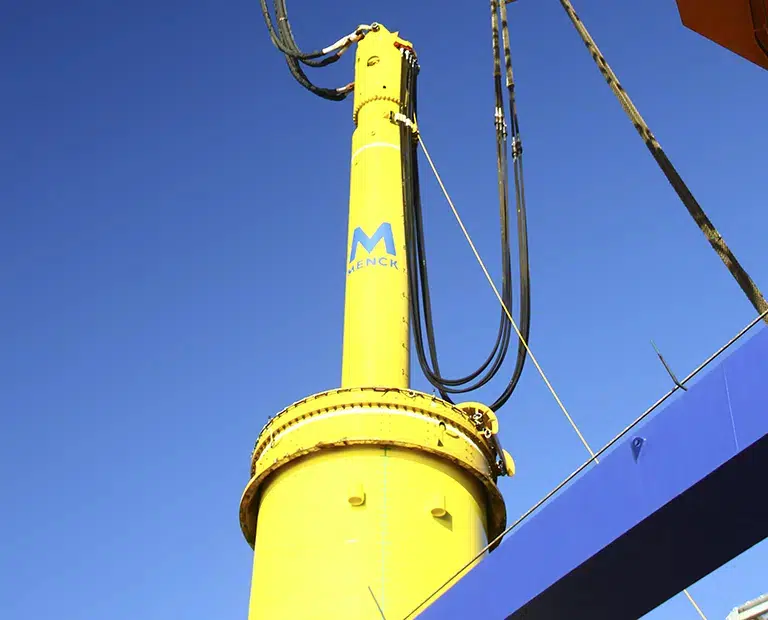
PEOPLE TALK ABOUT A MORE SUSTAINABLE FUTURE
At Acteon, we are proud to deliver proven and innovative marine solutions for the offshore renewable energy industry. In an ever changing and growing renewables market, we are evolving to meet escalating industry demand by integrating scalable solutions for every phase of the bottom fixed project lifecycle.

